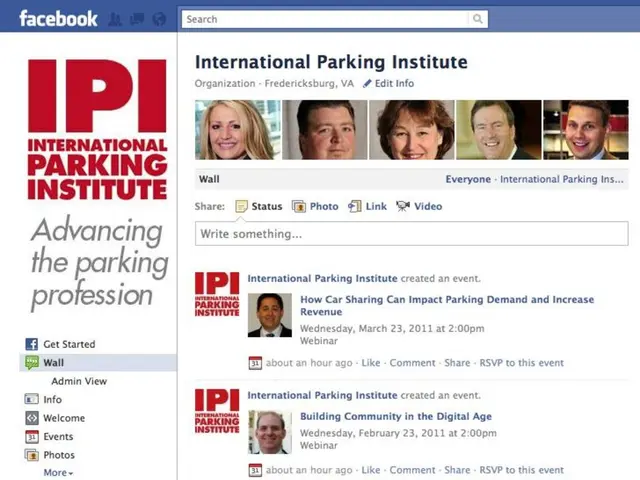Unleashing the Power of Stem Cells: A New Era for Back Pain Treatment
Injecting Stem Cells into Degenerative Discs: A potential solution for chronic back pain?
Spinal discs, the shock absorbers of the spine, can wear out over time, leading to pain, especially in the lower back. This degeneration often occurs with age, but it can also affect younger individuals, causing chronic discomfort.
Traditional treatments for disc-related back pain involve anti-inflammatory drugs, which offer relief but can have unwanted side effects. However, the advent of stem cell therapy opens up a promising avenue for healing and pain management.
The procedure involves harvesting stem cells from a patient's bone marrow and regenerating the discs, restoring their shock-absorbing and movement functions. This non-surgical approach offers several benefits, including eliminating the need for an operative procedure and hospital stay, allowing patients to resume daily activities immediately, and boasting a low complication rate.
According to studies, 80% of patients achieve at least a 60% reduction in pain within six months. Despite these promising results, some experts consider the field to be experimental and cannot speak of an established therapy.
Critics point to the thin evidence base, the limited target group, and the lack of long-term data. Moreover, they argue that injecting stem cells directly into a severely damaged disc may not always be effective without first relieving the disc.
Nevertheless, proponents of stem cell therapy see a bright future for this innovative treatment. If solid studies confirm its potential, integrating it into standard care becomes a logical step. However, the road to widespread acceptance may be fraught with the usual trials and tribulations that follow promising treatments.
Ultimately, treating back pain holistically - factoring in posture errors, accidents, physical and psychological overload, and obesity – remains crucial. As the field evolves, cost coverage by health insurance companies and further research into combination therapies and refined delivery methods could pave the way for even more effective treatments.
[1] Stem Cell-Based Strategies for the Regeneration of Intervertebral Discs: Critical Review and Future Directions
[2] Regeneration of Intervertebral Discs: An Overview of Current Clinical Applications
[3] Mesenchymal Stem Cell (MSC) Therapy for Degenerative Disc Disease: Preclinical Evidence and Clinical Trials
[4] Senolytic Therapy Facilitates Disc Regeneration in a Rat Model of Degenerative Disc Disease
[5] Regenerative Medicine Updates: A Comprehensive Review of Stem Cells and Disc Regeneration
- While the United States grapples with the prevalence of chronic diseases like fibromyalgia, ongoing research in health-and-wellness continues, exploring potential alternatives for managing medical-conditions such as spinal disc degeneration.
- The field of science is increasingly focusing on the topic of regeneration, specifically the regeneration of damaged spine discs, which function as absorbers, to improve fitness-and-exercise and alleviate back pain in the United States.
- In the realm of medical-conditions, they are looking towards integrating stem cell therapy, a relatively new approach, to overcome the limitations of traditional pain management strategies for chronic diseases like chronic back pain.
- As more data emerges from studies on stem cell therapy, its potential for treating back pain and other chronic diseases is becoming evident, paving the way for further exploration of this innovative approach in the United States.
- While the integration of stem cell therapy into standard care may face hurdles, such as establishing a solid evidence base and addressing concerns over long-term efficacy, it remains a promising area of focus for the future of health-and-wellness in the United States.








